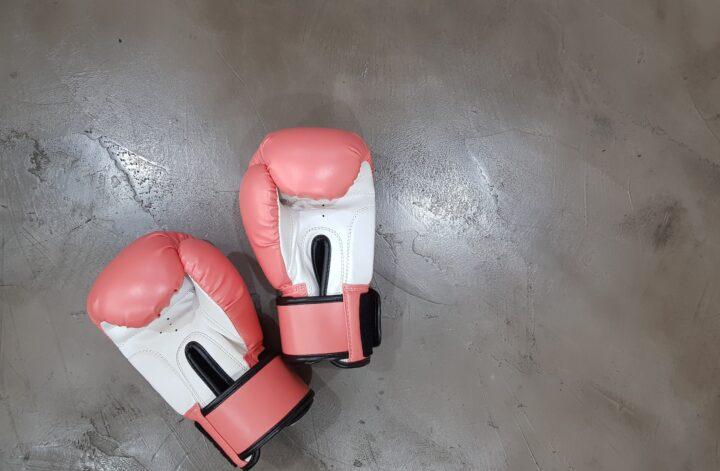Running a business that sells self-defense equipment can be challenging. While the demand has never been higher, the business challenges and costs are also considerable, even for those wanting to set up shop in America.
The purpose of this post is to run through some of the challenges you will likely face if you set up a business like this so you are better prepared going into it.
Changing Consumer Trends And Preferences
Changing consumer tastes and preferences is a significant risk in the self-defense business. The equipment customers deem valuable or useful can vary considerably depending on the nature of the threats they face and the cultural backdrop. In some years, certain forms of self-defense are highly sought-after, while others aren’t.
For this reason, it’s essential to keep a close eye on the news and trends. Watching them closely will help you better manage inventory.
Difficulties Working With Financial Partners
Another challenge is the difficulty in working with financial partners. Many banks and credit providers won’t work with these types of companies.
There are many reasons why firearm businesses are considered high risk. As such, merchant services won’t always provide you with an account, meaning you’ll need to look for alternative ways to take payments.
Supply Chain Disruptions
Supply chain disruptions can also be a significant challenge for defense equipment vendors. Logistics and distribution tend to be less well-established, and components often come from areas of the world experiencing disruption or challenges to their production processes.
Negative Public Perception
Another issue is negative public perception. While a large majority of people support self-defense equipment, many do not and can be active.
Therefore, owners need to manage public relations carefully. Following local regulations and taking part in community outreach can help. But the most effective strategy is to demonstrate responsibility. Stores that take this approach are less likely to draw attention from activists.
Competition
The competition in the self-defense equipment market can be considerable. Numerous firms often operate in overlapping geographic areas, meaning price competition can be fierce. You may regularly get customers asking you to price-match various items, including vests and body armor.
The best way around this problem is to provide customers with some sort of differentiation that sets you apart from the pack. For example, you might only stock vetted, high-quality American and European gear.
Product Liability Concerns
Another challenge is product liability concerns. Customers may try to hold you personally liable if their self-defense equipment fails or doesn’t live up to scratch.
Again, therefore, you’ll want to focus on selling only the highest-quality lines. You’ll also want to ensure customers sign various waivers to absolve you of any responsibility in the event of a product failure if that’s permissible in your area.
Consumer Education
Finally, stores face challenges educating consumers on how to use the equipment they sell. As with anything, it requires a certain level of skill to get right.
That’s why many self-defense businesses run regular training and education camps for their customers. These show them the proper use of equipment and reduce accident risks.




